By: Andy Van Kleunen.
Why short-term training programs make sense for both careers and budgets
The promise of education in America is a promise of opportunity. A promise that education — especially higher education — can offer a pathway to the middle class and an opportunity to build a successful life for yourself, your children and your grandchildren.
The unfortunate reality, though, is that our higher education system isn’t delivering on that promise of opportunity for far too many families, particularly those who choose to pursue career-focused learning in fields that require less than a four-year degree. A major barrier is the bias against working students in our current federal financial aid system.
The conventional view of a college student is someone who just graduated from high school, who is on the verge of turning 18 and moving to a college campus to pursue a full-time, four-year degree. Today’s students, however, tend to be older — nearly 7.6 millioncollege students in 2018 were 25 years or older. And of the 12.1 million students enrolled in community colleges in 2015-16, about 900,000 were 40 or older.
Many are parents — more than one in five, with nearly 4 million raising children while in college. The majority are already in the labor market. Sixty-two percent of all community college students attend on a part-time basis, and nearly three-quarters of them are working either full- or part-time.
All of this means that these students are pursuing higher education while balancing work and family obligations for the explicit purpose of climbing the ladder to prosperity in the job market.
Federal education funding, such as Pell Grants, primarily supports traditional, full-time students pursuing degree programs, leaving out working families who enroll in short-term job training programs — that is, courses that are connected to a local industry, a job and higher wages, but that may not meet the Pell-eligible standard of 600 clock hours set 40 years ago.
The labor market challenges that today’s working families face are dramatically different from what they were four decades ago. Back in 1973, only 28 percent of jobs required postsecondary education or training, which meant that entering the higher education system to acquire additional skills to grow in a career wasn’t a necessity for most workers.
Today, a majority of U.S. jobs require some form of postsecondary education or training. Not to mention the nearly two-thirds of jobs in the United States that are expected to change significantly in the coming years because of new technologies.
That’s why short-term training programs, particularly at community and technical colleges, are expanding today. Millions of workers are seeking non-degree credentials that teach skills they need to keep pace with a rapidly changing economy. It’s why a clear majority of Americans — 82 percent — wish to see more classes that teach job and career skills.
If we truly want to fulfill the promise of opportunity in our higher education system, it’s only fair that we extend federal financial aid to working students who choose to pursue skills training, just as we do to “traditional” students seeking four-year college degrees. This idea is supported by 86 percent of Americans.
The good news is that two lawmakers in Washington, D.C. — U.S. Senators Tim Kaine (D-VA) and Rob Portman (R-OH), co-chairs of the Senate Career and Technical Education Caucus — have introduced legislation to address this issue: the JOBS Act, which would extend Pell Grants to high-quality short-term programs of at least 150 clock hours of instructional time over a period of eight weeks.
To be clear, federal financial aid for working students isn’t a silver bullet. It’s a necessary — but not sufficient — step toward meeting the needs of working families. It’s not enough simply to provide access to affordable skills training programs. We must also ensure that students get the support they need to succeed in and complete those programs. That means providing more dedicated federal funding for support services — like child care, transportation and comprehensive career counseling — which tend to be obstacles for working students.
More federal support is also needed to sustain existing partnerships between local businesses and community and technical colleges. Investing in these partnerships would help ensure that local training prepares workers for well-compensated local jobs.
Finally, students deserve access to secure, transparent and easily accessible data that lets them know exactly what educational institutions and training programs will give them the best return on their investment. College is the biggest financial investment that most students make aside from buying a home. They have a right to more information about student outcomes, including data on enrollment, completion and post-college success across colleges and programs.
These are a few of the meaningful solutions that we can pursue to modernize our higher education system and help America fulfill its promise of opportunity for all students, not just those pursuing four-year degrees.
Source of the article: https://hechingerreport.org/opinion-higher-education-families/

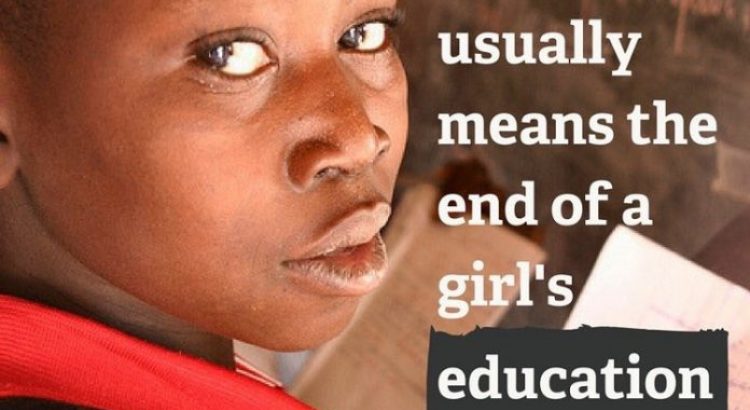
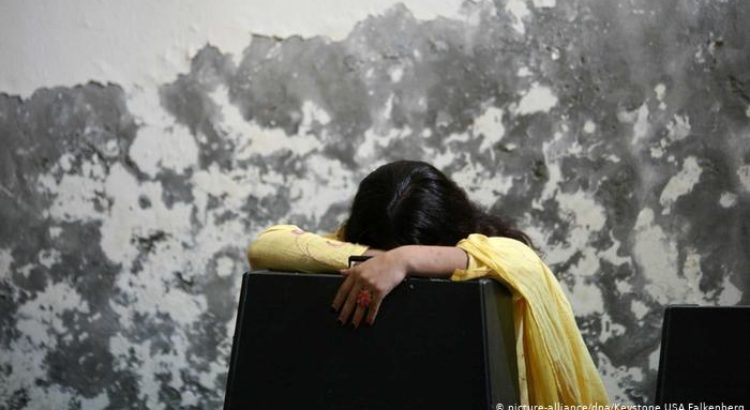
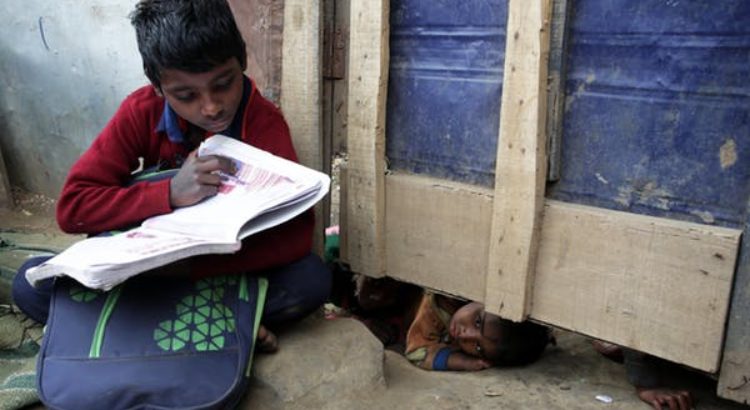
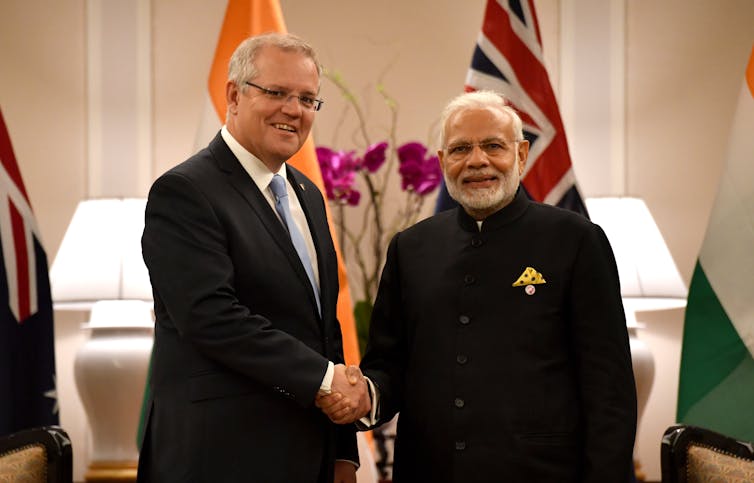
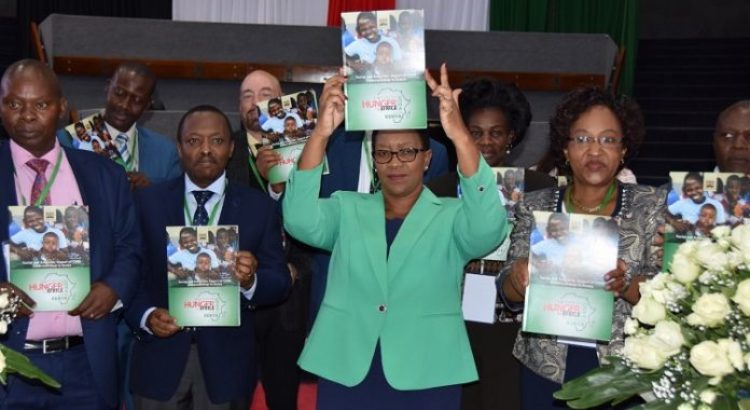











 Users Today : 13
Users Today : 13 Total Users : 35460144
Total Users : 35460144 Views Today : 22
Views Today : 22 Total views : 3418805
Total views : 3418805